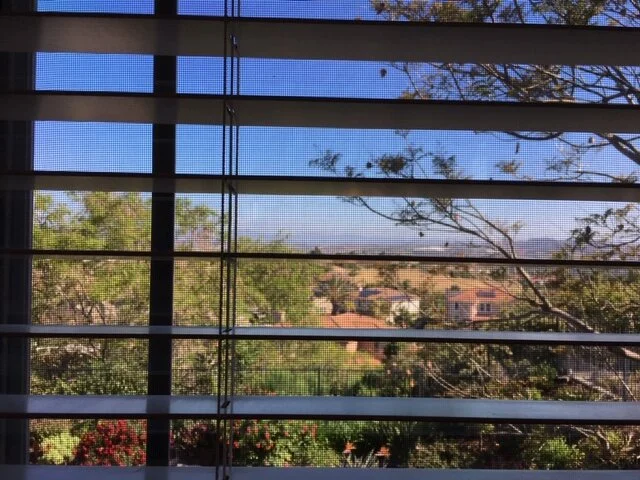How My Book Came To Be
When Bill was in the hospital in January of 2016, I started writing updates and posting them on a private blog so friends and family could know what was happening. I would often start by journalling with something Bill had said. What he said, I thought, was always more insightful or interesting or important than whatever I had to say.
“Life is like a poem,” he might say, and then I would free write around that idea. I also tried out different ways to put together a personal essay, always looking for the meaning in the crisis that was happening in our lives. This kind of personal writing was a stretch for my journalistic comfort zone, but I was hooked.
Friends and family responded so lovingly to the updates that it made me want to continue writing. I would write about something that had happened in a particular day, always adding Bill’s words, and then I would read what I wrote to him. It seemed like the experience of writing took me outside of whatever moment I was writing about, and the experience of reading it to Bill gave him another perspective. I know that he experienced the moment through his dementia. Hearing my version helped ground him in reality, at least for a little while.
I know that reading to him validated his experience in some way. He told me that my writing made him feel seen and heard.
“One of the hardest things is living with the loneliness of not knowing if anyone understands,” he said. “You remind me who I am.”
After Bill died, I started to put together all the journal entries from the time I cared for him. Those entries became the skeleton of the chapters of my book. I filled them in, and then started writing the backstory of our relationship.
Writing helped me with my grief. While I was working on an essay, I was able to experience the physical and emotional pain as an observer for a while.
It was healing.
I hired a writing coach, Nadine Kenney Johnstone, who helped me fill in holes in the narrative and organize my chapters. I used post-it notes and arranged them in order on my wall storyboard. I found writing nooks in different places, like a friend’s back deck overlooking her lake, or Starbucks, but mostly I put together my book at my friends’ home in southern California, where I had a writing office with a desk and a printer, and a view.
I definitely get more writing done if I have coffee and a view.
The result is my 50,000-word memoir titled, You Remind Me Who I Am. My book is a caregiving journal, yes, but also a compelling story of the power of truth, faith and love. I’m proud of us. We saw it through.
I wrote it for me.
I wrote it for you, dear Reader.
And I wrote it for him.






